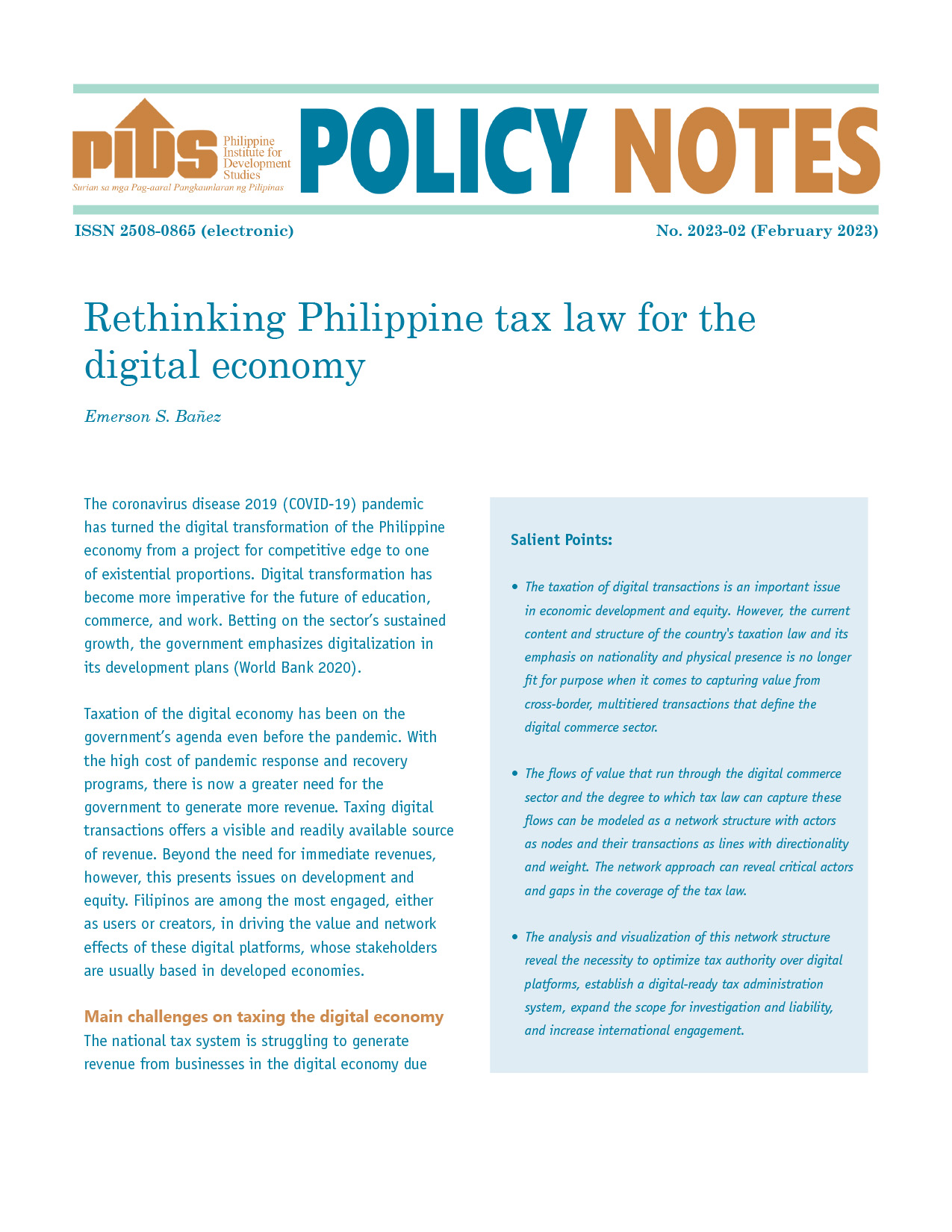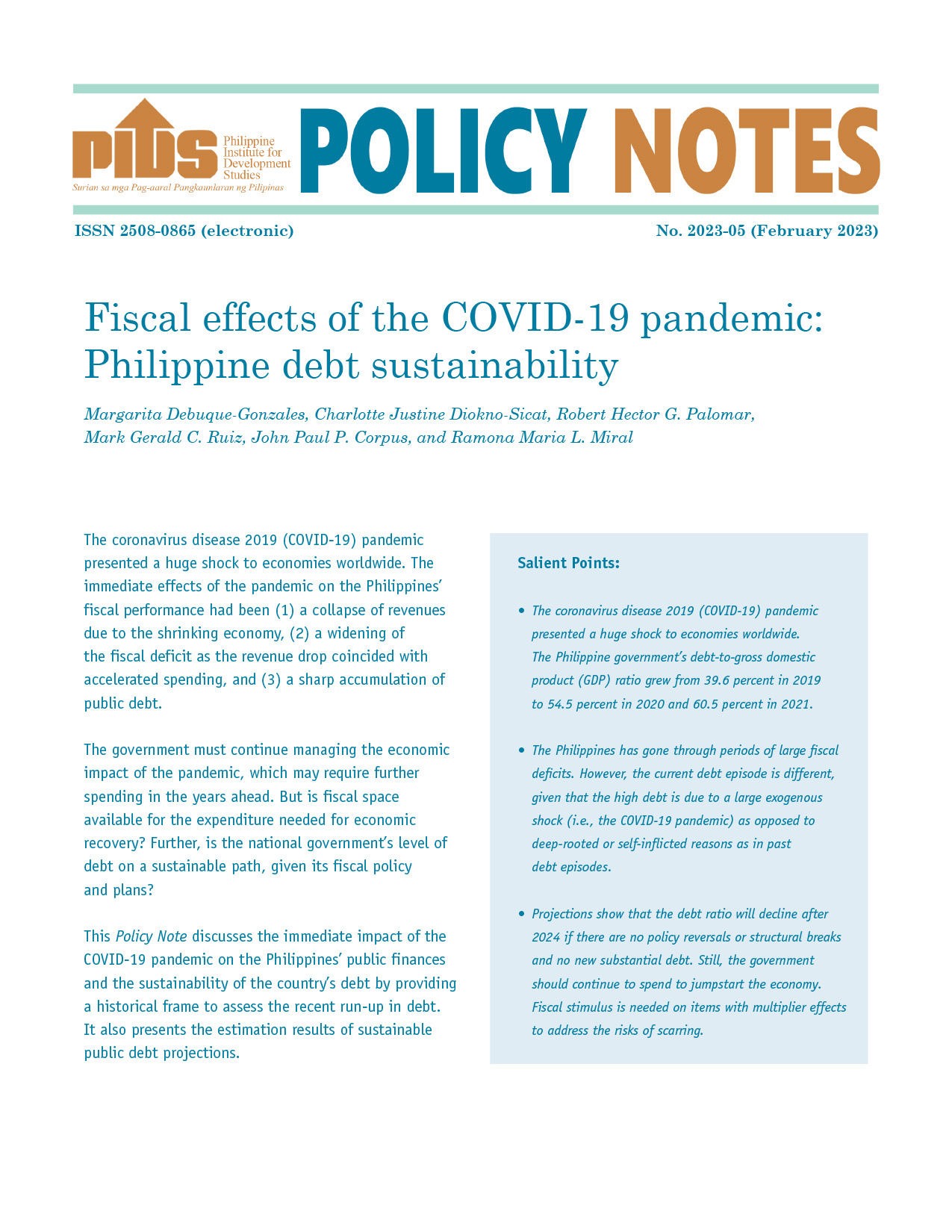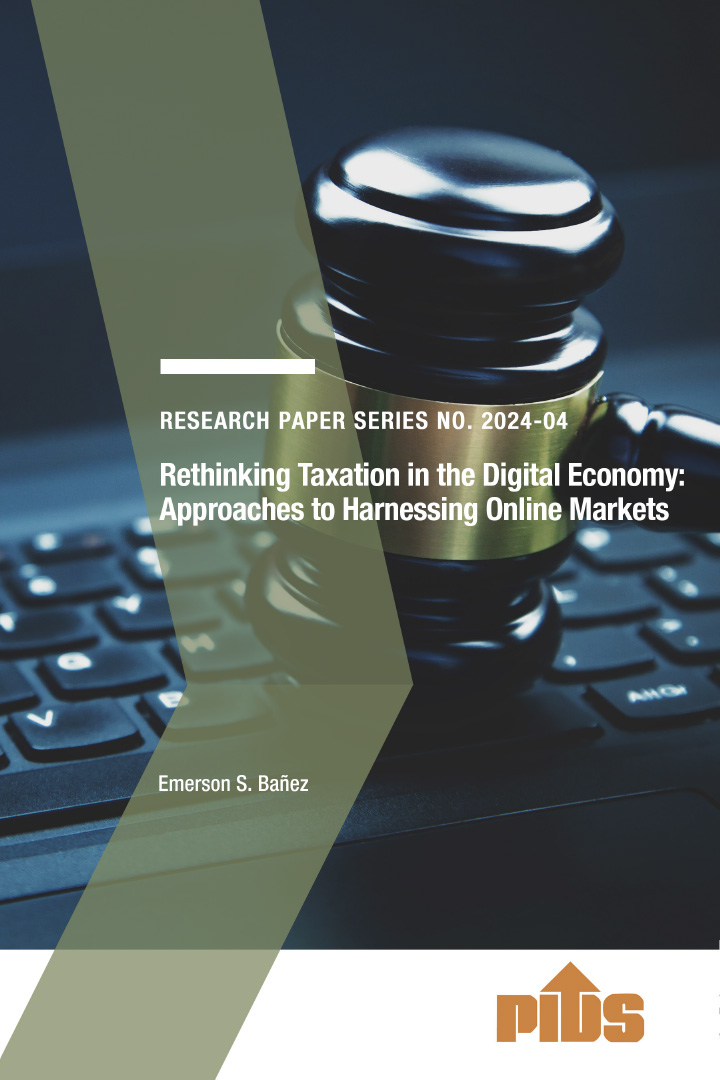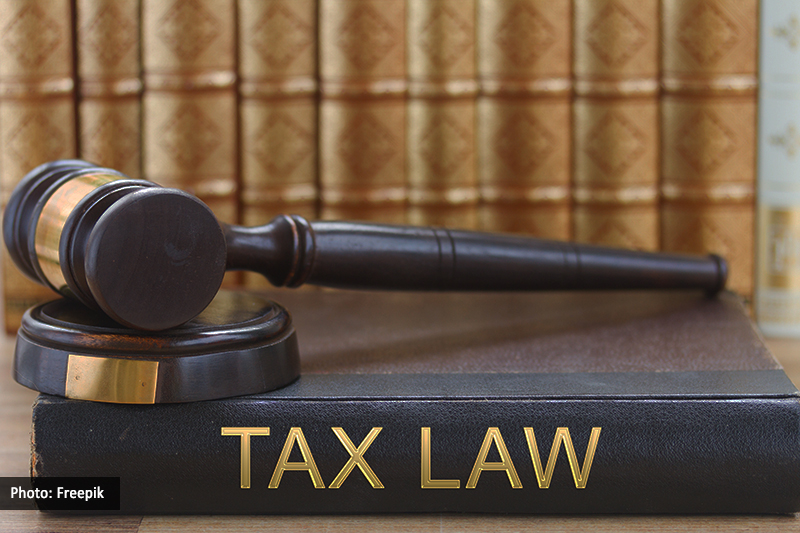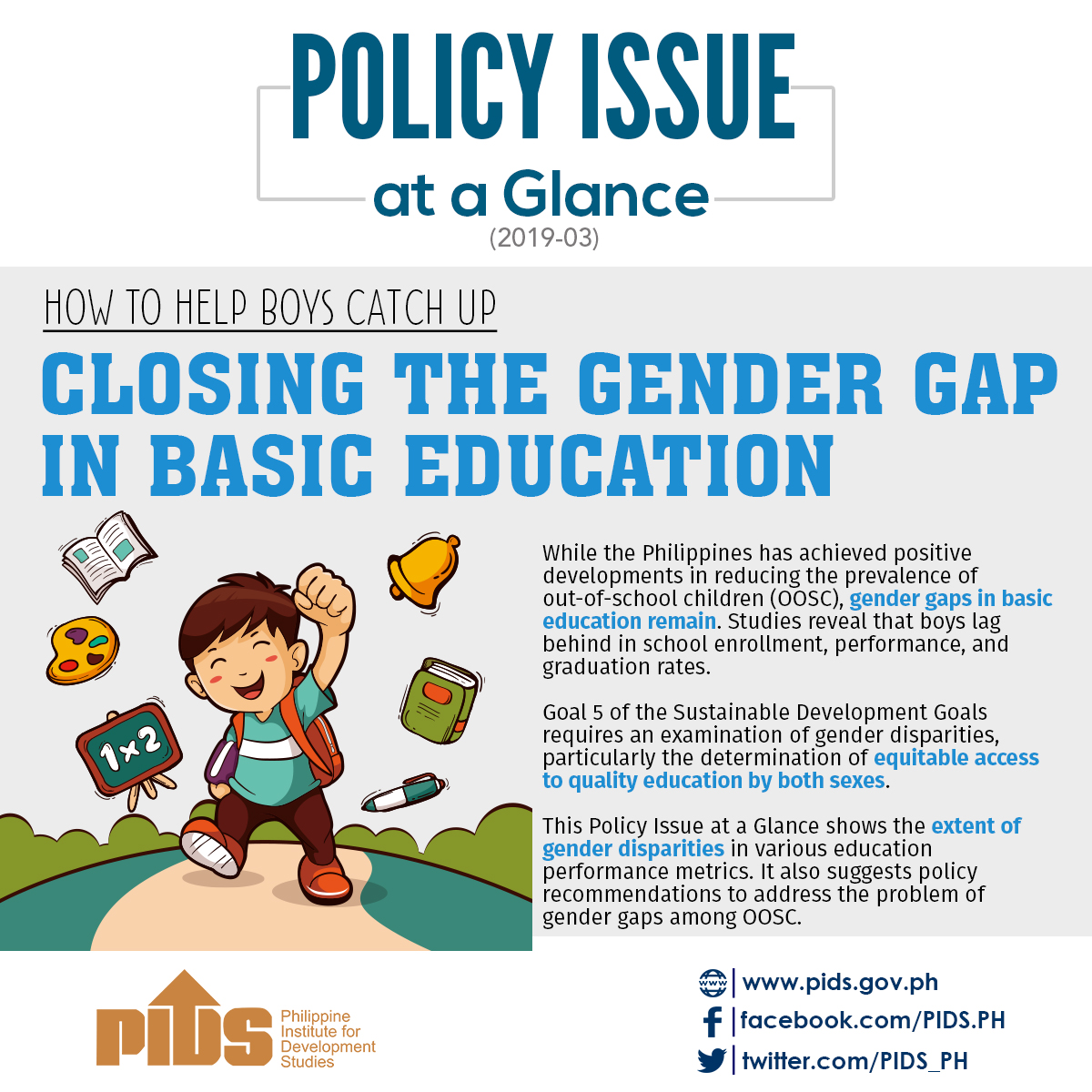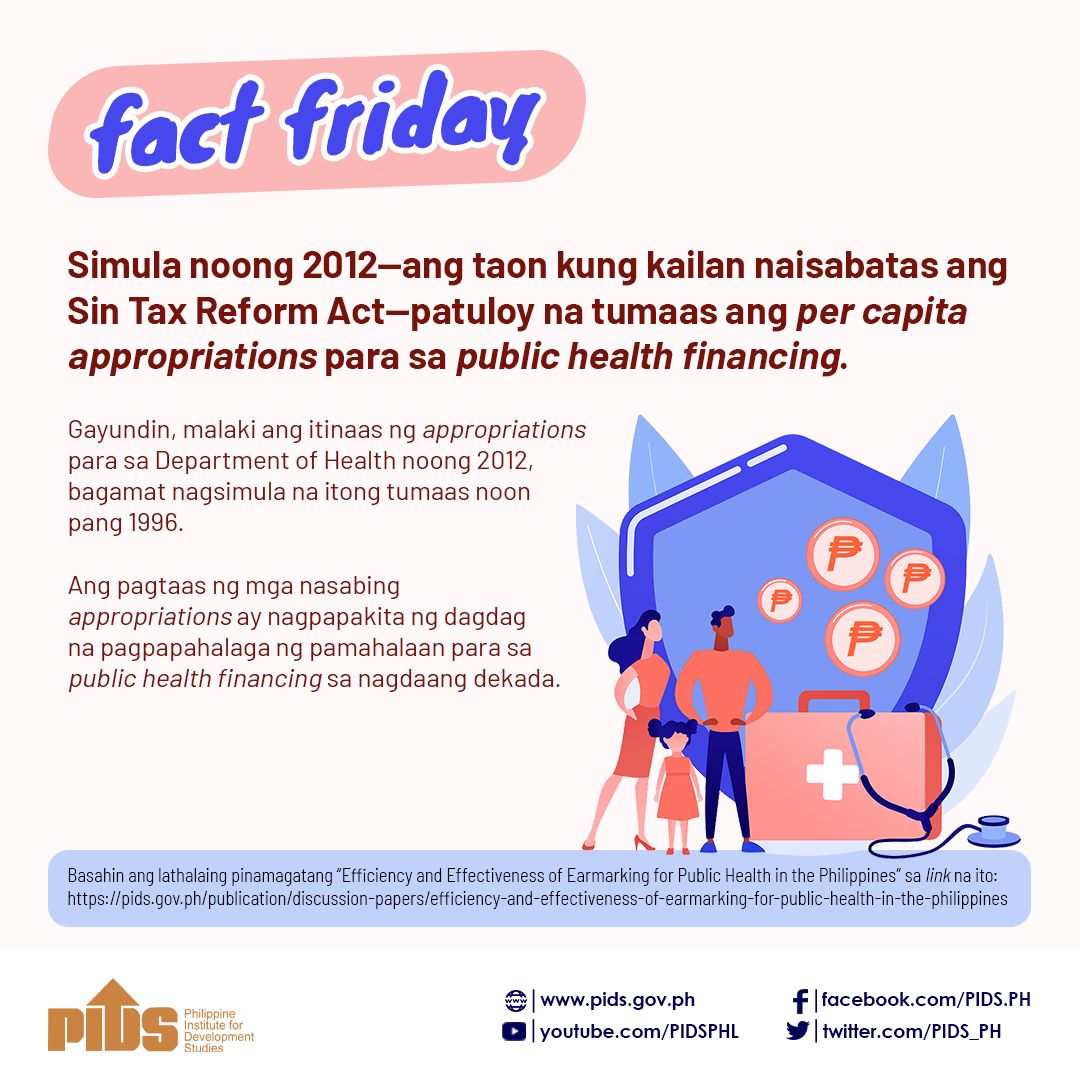I came across a very interesting study on tax gap while doing my research for my University of the Philippines doctoral dissertation. This tax gap paper is the October 2023 report of the Internal Revenue Service of the United States of America that released the updated tax gap estimates (https://www.irs.gov/pub/irs-pdf/p5869.pdf). The tax gap is the difference between potential tax revenues from actual tax collections. The difference provides an estimate of how much the tax-collecting offices, like the IRS or our Bureau of Internal Revenue (BIR), lose annually due to taxpayer non-compliance or non-reporting of taxable transactions. The tax gap is loosely referred to as tax evasion in some studies on the topic.
Per the IRS report, the tax gap has risen since the last IRS study for the 2014 to 2019 taxable years. It disclosed that for the taxable year 2021, the estimate of tax loss or tax gap amounts to $688 billion a year, comprised of the sum of these three components:
- Non-filing: $77 billion (from failure to file a required tax return);
- Underreporting: $542 billion (from inaccurate tax returns); and,
- Underpayment: $68 billion (from failure to pay taxes owed).
This tax gap of the USA represents 17.2 percent of total IRS collections in 2021 of $4 trillion, or 14.6 percent of potential tax revenues. I am quite surprised that there is a high level of tax gap losses from the USA, which I perceive to be relatively a tax-compliant nation governed by a comparatively efficient IRS.
The Philippines has its estimates of the tax gap in the country. However, these have been few and far between. Studies on the tax gap situation have been done by the Department of Finance, the National Tax Research Center, the Philippine Institute of Development Studies, educational institutions and academicians, and multilateral agencies. I conducted a quick Internet search and came out with at least four reputable articles on the Philippine tax gap situation. A 1988 study by Dr. Rosario Manasan in her research on “Tax Evasion in the Philippines” disclosed that the gap comes up to 50 percent of the potential revenues for the year (https://core.ac.uk/download/pdf/6506456.pdf). In a separate and later study, Dr. Manasan presented that the average tax gap for 2004 to 2009 on the segregated potential tax revenues from value added tax and individual income tax amounts to a high of 64 percent and 14 percent of potential revenues from the Value Added Tax and the individual income tax on non-wage income earners, respectively https://www.eria.org/uploads/media/Research-Project-Report/RPR_FY2010_1_Chapter_6.pdf.
Applying a conservative rate of tax gap of 50 percent culled from the studies cited above, the BIR, if it is able to collect the tax gap, can double its tax collection goal of P2.599 trillion for 2023 and collect about P5.2 billion in taxes. However, these projections should be considered only after coming up with an updated determination of the tax gap using the appropriate methodology.
The tax gap studies over the years present a wide variance in the estimates. There are differences due to the various methodologies used in estimating the tax gap. These methods include, among others, the gap, tax audit, elasticity, and underground economy approaches, the Revenue Administration Gap Analysis of the International Monetary Fund, and the IRS projection method.
Tax gap analysis can benefit the country since this can pinpoint the potential of increasing tax collections. While the present data from these studies will not pinpoint specific sectors of non-compliance by taxpayers, these can direct the tax-collecting agencies to put in administrative measures to plug some of the tax gaps in a broad-based manner. An example is what the IRS is contemplating instituting. As a result of its Tax Gap study, the IRS will enhance its information reporting rules by requiring third-party payment processors such as PayPal and Venmo, and other gig economy-enabled applications like Uber and AirBnB to report to the IRS all their payments over $600 to recipients. With this, the IRS will have more data to match tax returns for underreporting, as well as be able to detect more non-filers that previously went under its radar.
Clearly, if the BIR can effectively use tax gap data to pursue measures promoting better compliance from these contributors to the tax gap, the tax revenue coffers of government will increase multifold times over.
But the question remains, will our government tax and finance officials be able to tap this tax gap opportunity?

